Shish Kebab: Basic Information
Pronunciation
Alternative Name(s)
Dish Type
Course
Mealtime
Popular Shish Kebab Variations
Shish Kebab: Ingredients and Preparation
Main Ingredients
Main Cooking Method
Preparation Process
Shish Kebab: A Deep Dive
Cultural Significance
Taste
Texture
Aroma
Color
Serving Style
Serving Temperature
Accompaniment
Occasions
Seasons
Special Diets
Calories
Popularity
Popular Similar Dishes
- Souvlaki
- Satay
- Yakitori
- Arrosticini
Popular Dining Area
Shish kebab is a grilled dish of skewered meat cubes from the Middle East that is found all over the Mediterranean and Caucasus regions.
As a part of the kebab family, shish kebab dates back to the start of the 20th century and often employs a wide range of meat, with lamb being the traditional option, along with other choices like fish, poultry, or beef.
In Turkish, the word shish refers to skewer, with şiş referring to sword or skewer, while kebap denotes the roasted meat dish. Most often, shish kebab also comes with vegetables, and the people will grill them separately.
Also, the meat is marinated in a mix of spices and oil before being threaded through wooden or metal skewers for grilling over charcoal.
For serving, locals will pair the grilled meat and vegetables with rice, bread, salad, or sauce. Furthermore, shish kebab is a favorite choice for communal events and gatherings.
After getting to know about shish kebab, discover all the types of grilled meat, cuts of meat used, and accompaniments that are ideally employed for the dish.
Then, explore the interesting features that led to the adaptation of shish kebab into Central Asian cuisine. Also, there are still pros and cons of the dish along with the distinguishable features of shish and kofte kebab.
Key Points
Shish Kebab Images
What Are The Types of Shish Kebab?
When shish kebab is the topic of the conversation, you simply don’t want to miss below variations of this Middle Eastern grilled meat:
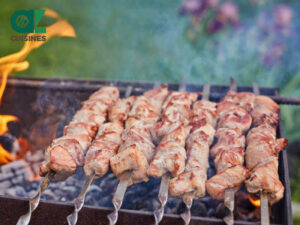
Shashlik
Origin: Central Asia, the Caucasus
Key Ingredients: Meat (lamb, pork, beef, or venison), marinade, onions
- Feature chunks of marinated for grilling
- Similar to the cooking method of shish kebab
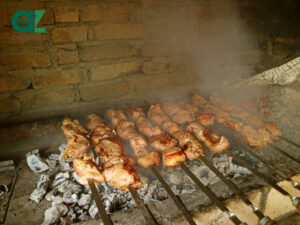
Khorovats
Origin: Central Asia, the Caucasus
Key Ingredients: Meat (lamb, pork, beef, or venison), marinade, onions
- Feature chunks of marinated for grilling
- Similar to the cooking method of shish kebab
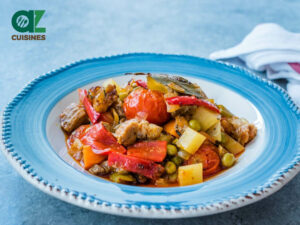
Orman Kebabi
Origin: Armenia
Key Ingredients: Meat (including veal)
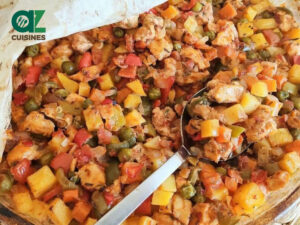
Çoban Kebabi
Origin: Turkey
Key Ingredients: Lamb
- Translated to “shepherd’s kebab”
- Made using the meat shepherds had available
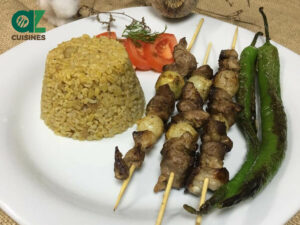
Süt Kebabi
Origin: Turkey
Key Ingredients: Meat, milk
- Translated to “milk kebab”
- The meat is parboiled or marinated in milk before grilling

Hacci Osman Kebabi
Origin: Ottoman Empire
Key Ingredients: Cubed mutton, onion, black pepper

Kabarma Kebabi
Origin: Undetermined
Key Ingredients: Meat

Koyun Kebabi
Origin: Undetermined
Key Ingredients: Meat, bread
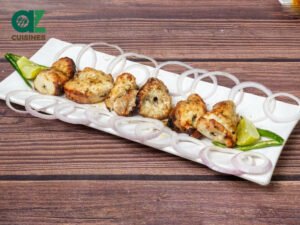
Reshmi Kebab
Origin: Indian subcontinent
Key Ingredients: Chicken pieces, yogurt, cream, spices
- A type of tender skewered kebabs
- “Reshmi” refers to the silky texture
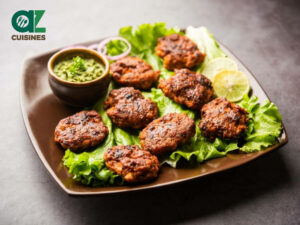
Galouti Kebab
Origin: Lucknow, India
Key Ingredients: Minced meat, raw papaya, spices
- Translated to “soft kebab”
- Known for its melt-in-the-mouth texture
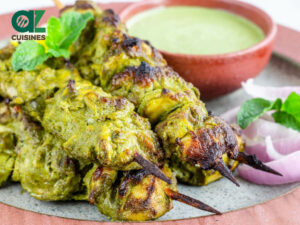
Hariyali Kebab
Origin: India
Key Ingredients: Chicken, mint, cilantro, green chilies
- Translated to “green kebab”
- Named for its vibrant green color
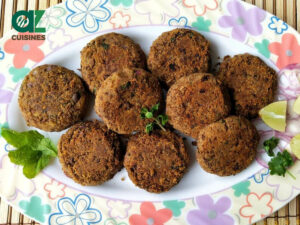
Shami Kebab
Origin: India and Pakistan
Key Ingredients: Minced meat (beef or lamb), lentils, spices
- Round patties version of kebab
- Shallow-fried until crispy
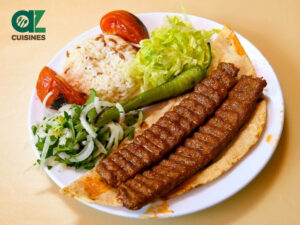
Adana Kebab
Origin: Adana, Turkey
Key Ingredients: Hand-minced meat (lamb), chili peppers

Kefenli Kebabi
Origin: Undetermined
Key Ingredients: Meat, bread
Besides these tasty kebab varieties, it’s important for you to know which part of the animal is great for making shish kebab that directly influences the texture of the specialty.
What Cuts of Meat Are Used for Shish Kebab?
It’s clear that lamb, beef, chicken, pork, or venison are often used for making shish kebab. Therefore, let me show you which cuts of meat from each variety are ideal for making shish kebabs.
- Lamb: Traditionally, lamb is the primary choice for shish kebab. Specific cuts of lamb that are tender and well-suited for skewering and grilling, such as the leg or shoulder, are often used.
- Chicken: Chicken, often boneless thighs or breasts, is marinated and used for shish kebab.
- Pork: While not traditional in many Middle Eastern countries due to religious dietary restrictions, lean cuts of pork (like shoulder, tenderloin, loin, belly) are used in some regions, especially in non-Muslim-majority areas.
- Beef: Certain cuts of beef that are lean and tender, like sirloin or tenderloin, are often used for shish kebab.
- Venison: While not as common as other meats, venison (deer meat) is also used for making shish kebab in some regions where deer hunting is prevalent.
After knowing about the cuts of meat that you should use, there are still more accompaniments to consider when you want to have shish kebab.
What Do You Eat with Shish Kebabs?
To fully bring out the flavors of shish kebabs, accompaniments are needed to support the profile. For that, allow me to give you 7 common options to enjoy with shish kebab:
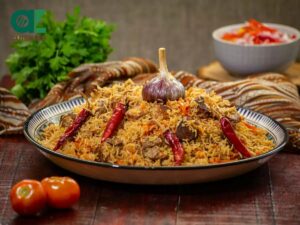
Rice or pilaf
A fluffy bed of rice or pilaf complements the flavors of the kebabs and helps soak up any delicious marinade or sauce.
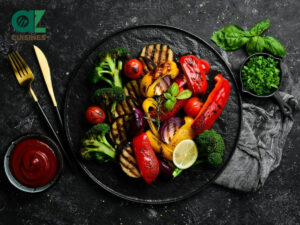
Grilled vegetables
Vegetables like bell peppers, onions, zucchini, and tomatoes can be grilled alongside the kebabs or separately.

Salads
A refreshing salad, such as a cucumber-tomato salad or a tabbouleh, pairs well with the savory flavors of the kebabs.
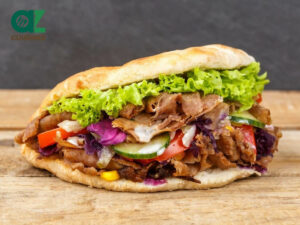
Bread
Flatbreads like pita or naan are often served with kebabs to help scoop up the meat and any accompanying sauces.
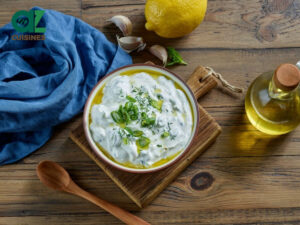
Yogurt-based sauces
Dips like tzatziki or a garlic yogurt sauce can add a creamy and tangy element to the dish.
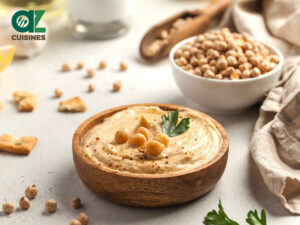
Hummus
This chickpea-based dip is a classic pairing with grilled meats and provides a creamy contrast.

Pickles
Pickled vegetables, like cucumbers or turnips, add a tangy crunch that can balance out the richness of the meat.
Pairing these sides with shish kebab is undoubtedly tasty, but there is more to the grilled meat specialty, as this grilled meat also made its way to countries in Central Asia.
How Central Asian Countries Adopted Shish Kebab?
It’s easy to understand how the popularity of shish kebab easily spread to other nations. In Central Asia, Uzbekistan and Tajikistan are two prime examples of adapting this grilled meat dish:
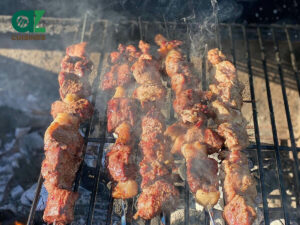
In Uzbekistan
Shish kebab goes by the name shashlik, often sold at bistros. Locals often use chicken, liver, beef, or lamb to make shish kebab with pork being a rare option. It’s often grilled on saxual charcoal for a unique flavor.
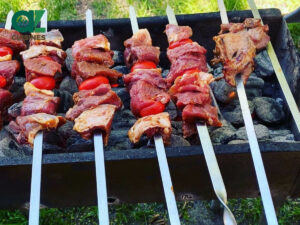
In Tajikistan
Shish kebab is called shashlik in Tajikistan, with lamb being a popular choice for grilling.
To know more about shish kebab, make sure to find out some features that determine whether this dish will fit your appetite.
Pros And Cons of Eating Shish Kebab
Before throwing your next shish kebab party, here are a few benefits and drawbacks when you’re having this grilled meat dish.
Pros
Cons
Of course, knowing about the good and bad of shish kebab is important, but there are more interesting things to uncover, like how to distinguish between shish and kofte kebab.
What Are The Differences Between Shish Kebab And Kofte Kebab?
To make it simple, here are the features that differentiate shish kebab and kofte kebab, all presented in a neat table:
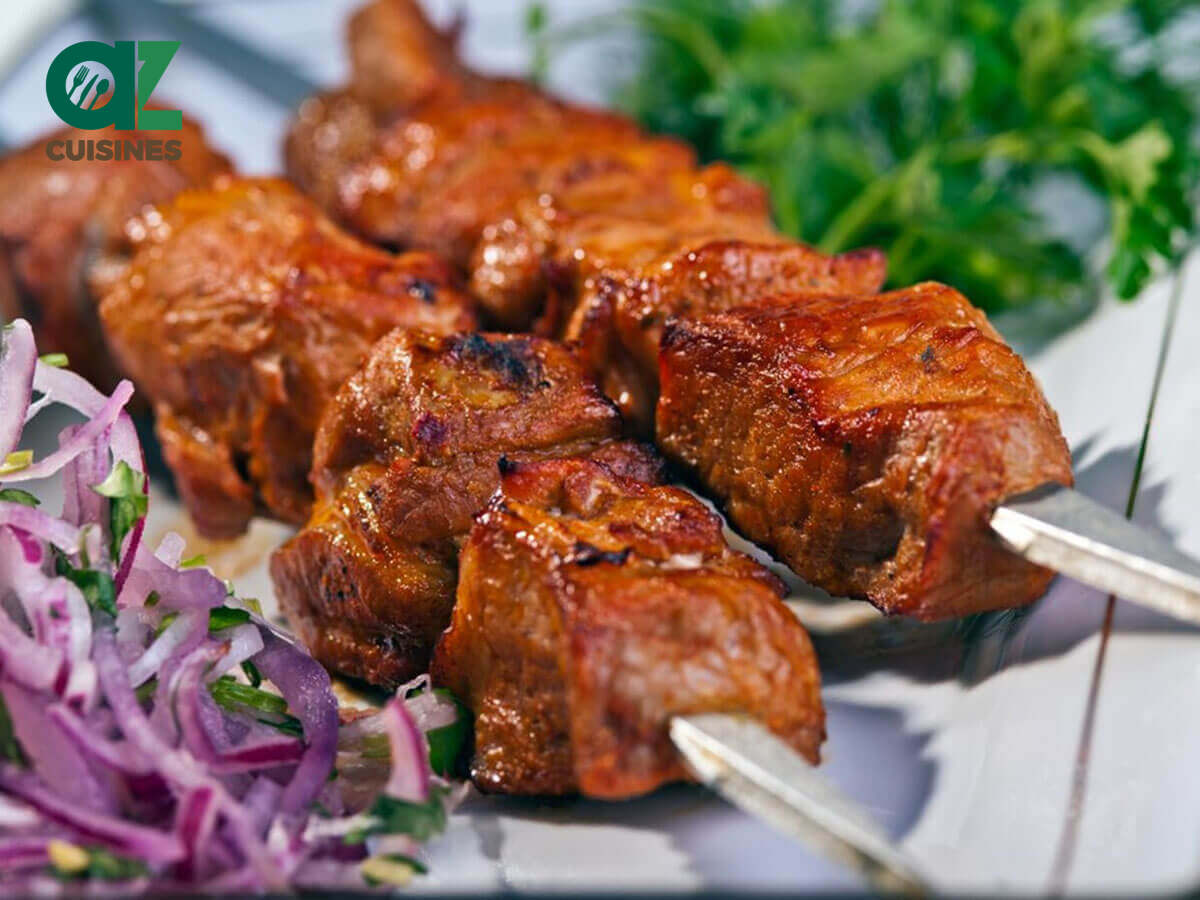
Shish Kebab
Meaning: “Shish” means skewer in Turkish
Preparation: Skewered chunks of marinated meat
Meat Types: Lamb (commonly), beef, chicken, fish
Texture: Tender, charred outside
Serving: Rice, salad, vegetables, or flatbread.
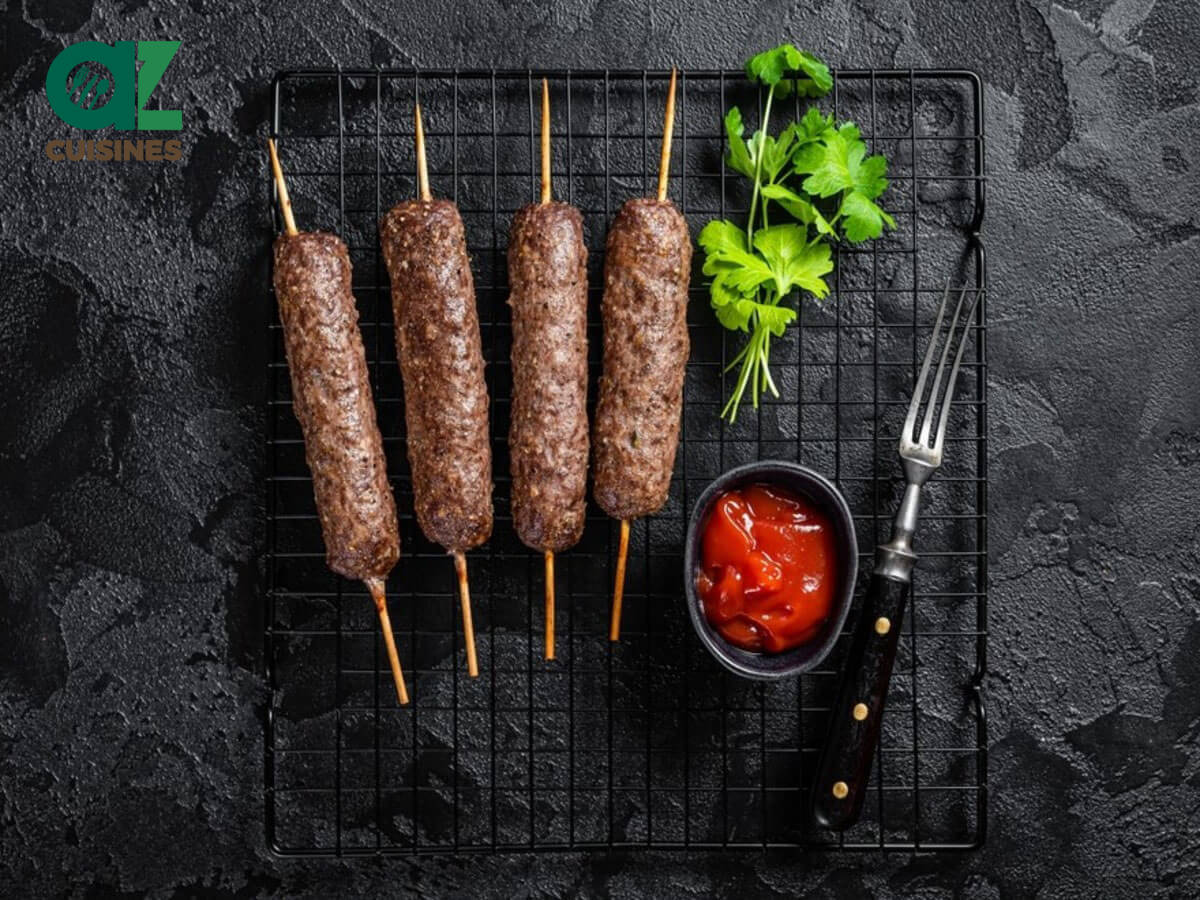
Kofte Kebab
Meaning: Derived from “kufta” meaning to beat or to grind
Preparation: Ground meat mixed with spices, shaped & grilled
Meat Types: Lamb or beef (commonly), chicken
Texture: Uniform, softer due to ground meat
Serving: Rice, salads, flatbreads, yogurt, or tahini.
Once you’ve got the differences between shish and kofte kebab, there’s more to uncover when comparing it with doner kebab
What Makes Shish Kebab and Doner Kebab Different?
To be able to differentiate shish and doner kebab, there are a few features that you should notice:

Shish Kebab
Preparation & Ingredients: Chunks of marinated meat (like lamb, beef, or chicken)
Cooking Method: Grilled or barbecued over an open flame or on a grill
Presentation & Serving: On or off skewer with rice, salad, vegetables, or flatbread
Origins: Middle Eastern
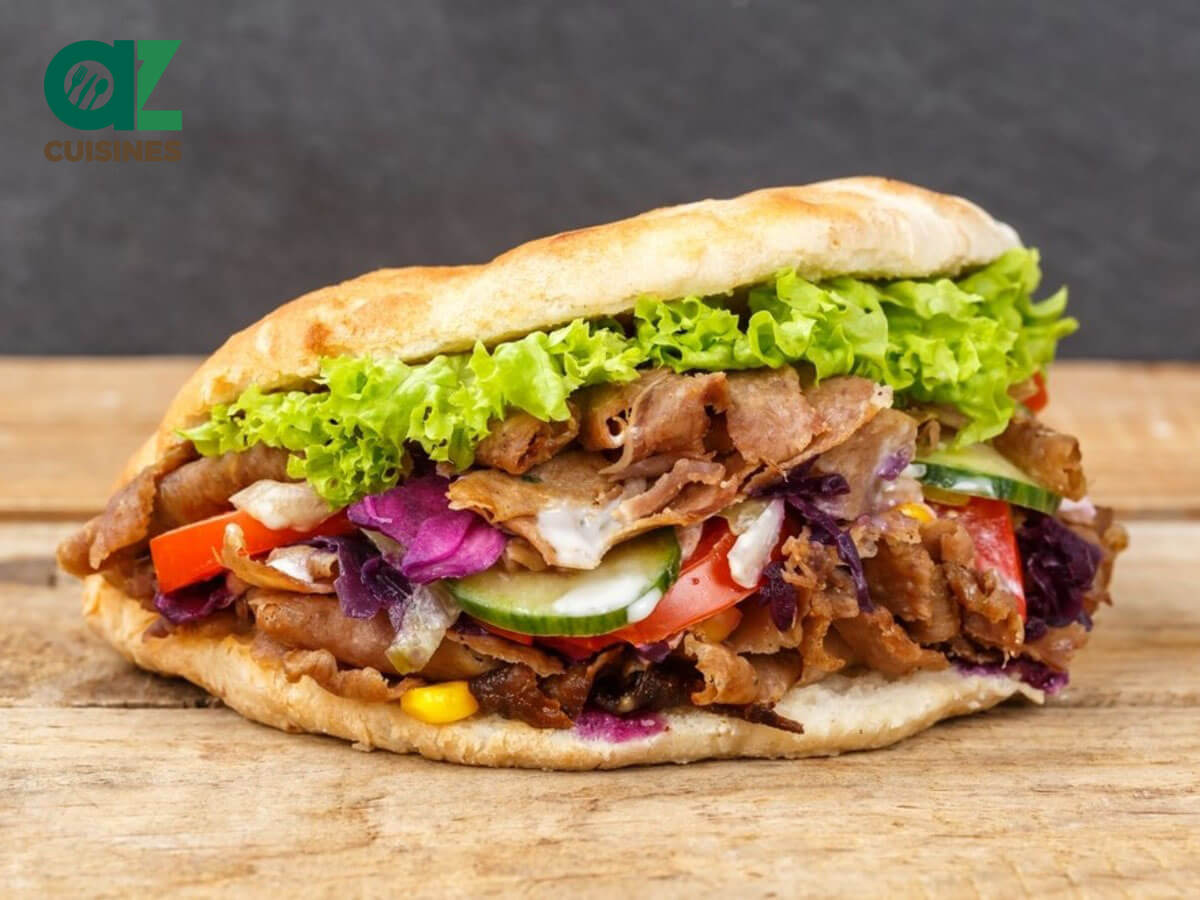
Doner Kebab
Preparation & Ingredients: Seasoned meat stacked in an inverted cone shape, often lamb or a mixture of meats
Cooking Method: Cooked on a vertical rotisserie; outer layers are sliced off as they roast
Presentation & Serving: In flatbread or on a plate with toppings and sides like rice or fries
Origins: Turkey
After knowing about the features setting shish and doner kebab apart, here are some more concerns that many often consider when having this grilled meat of the Middle East.



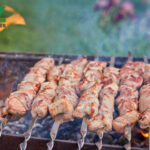
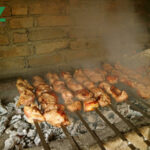
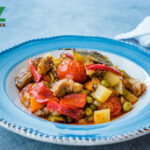
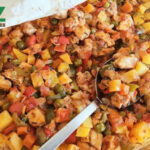

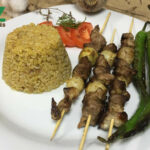

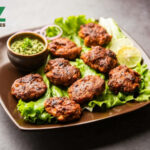
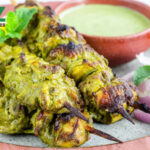
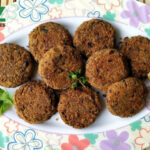
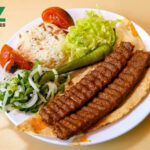
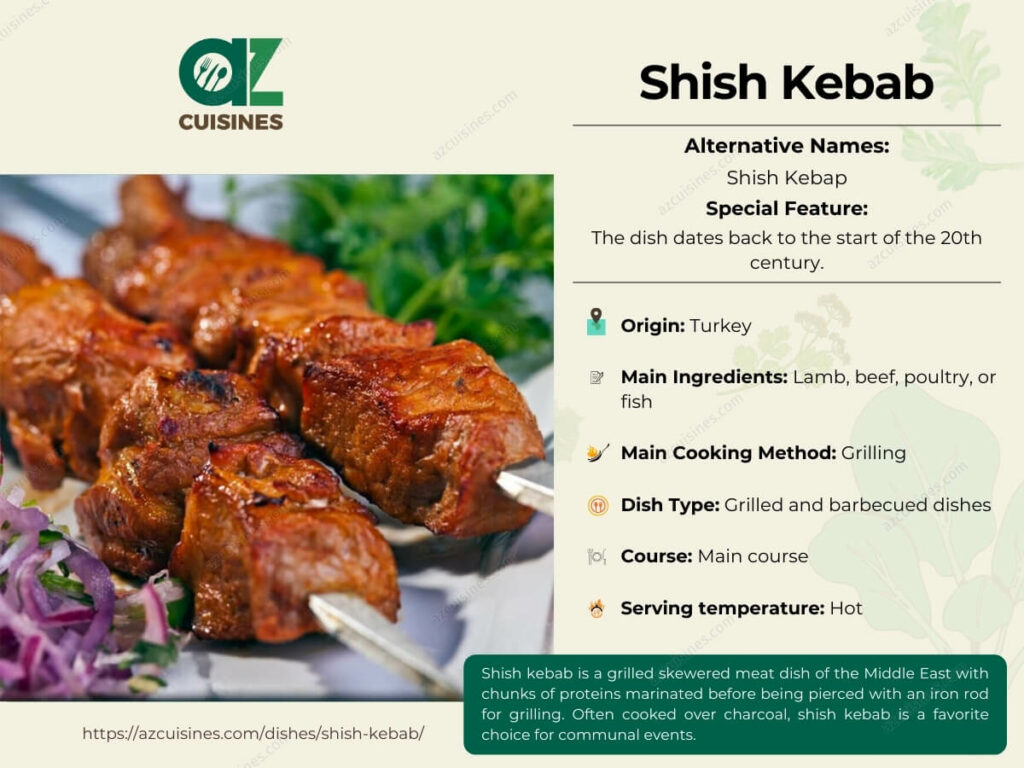
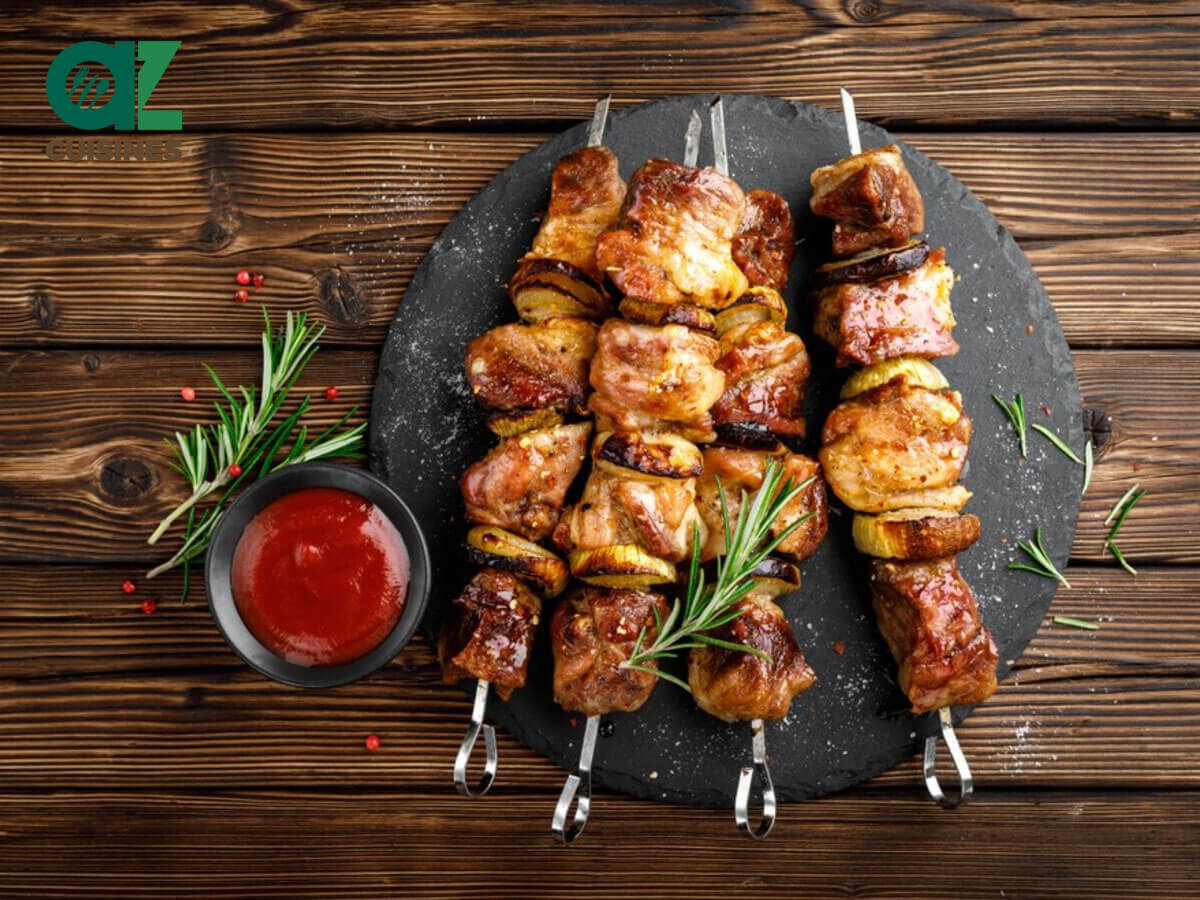
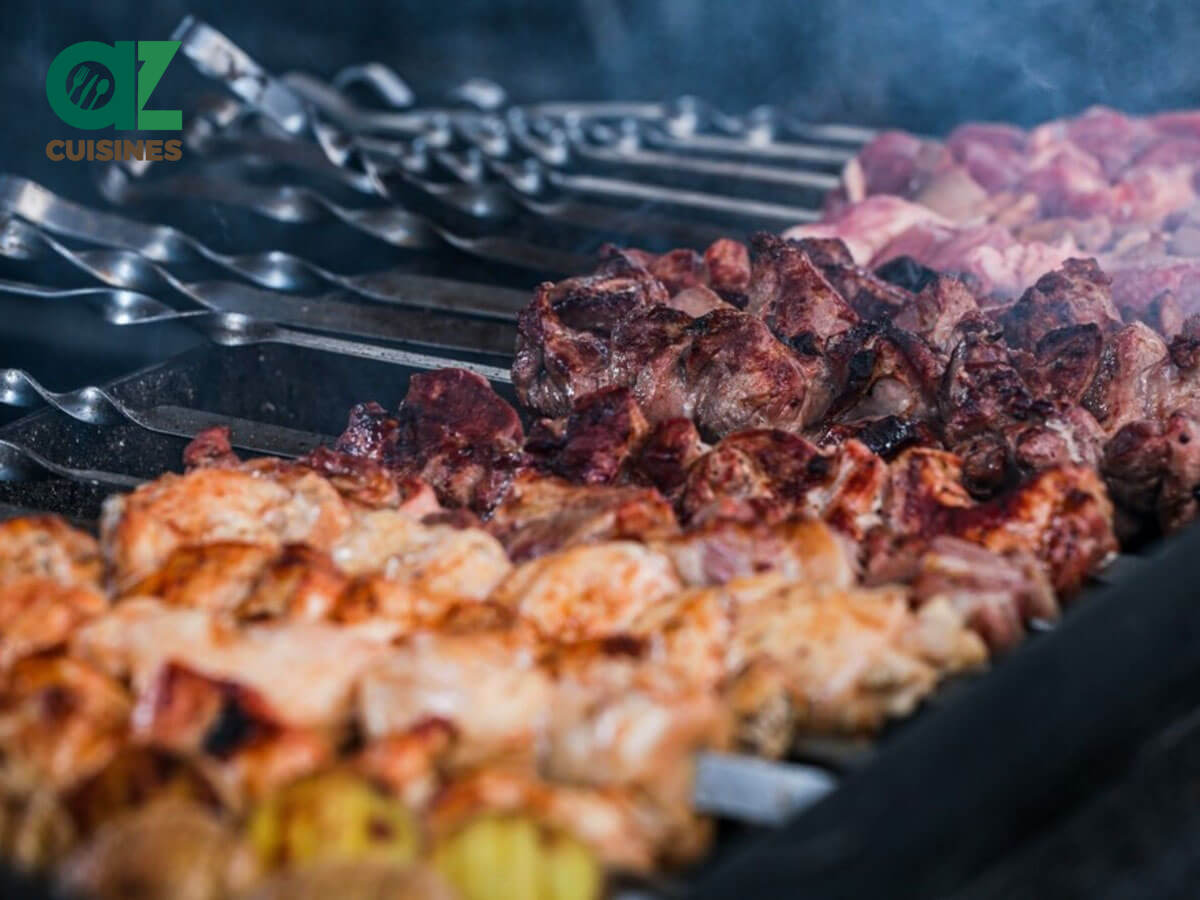
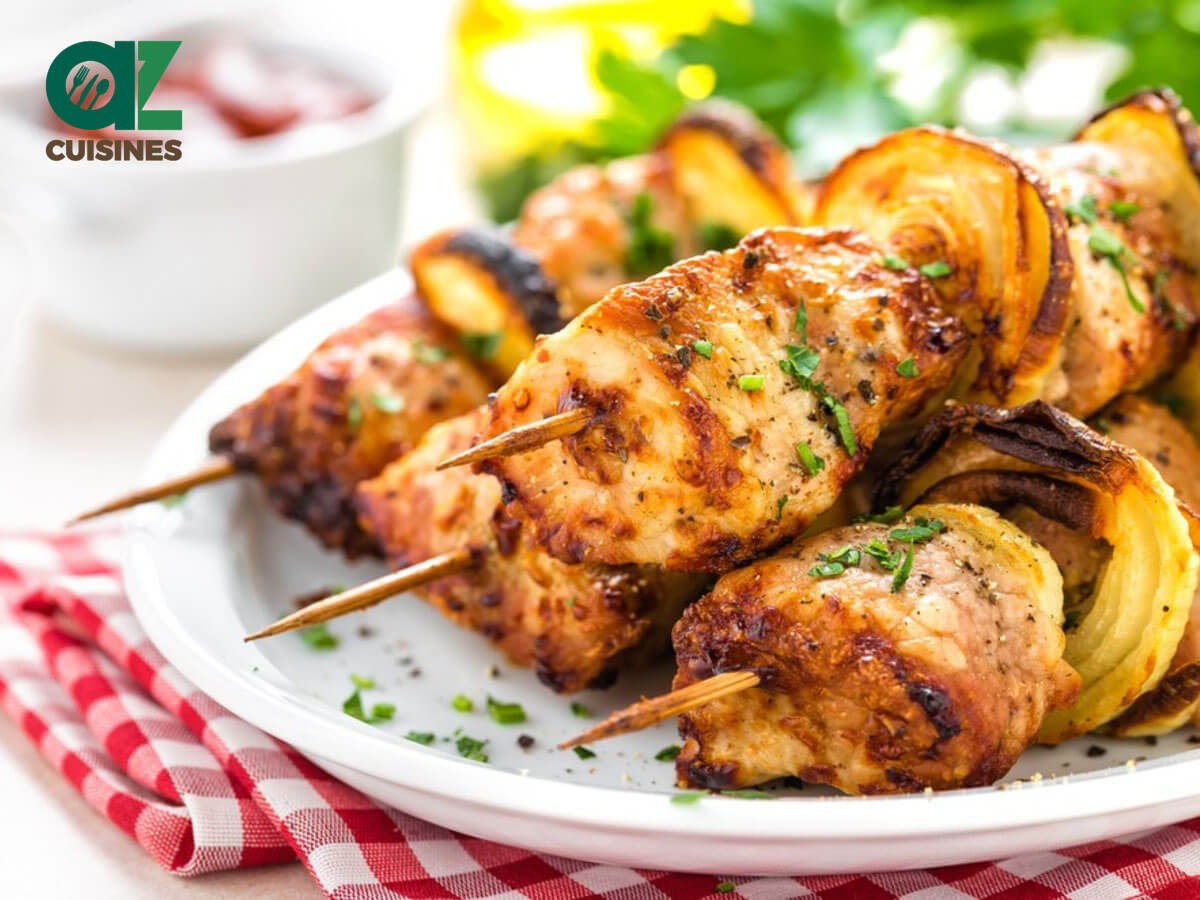
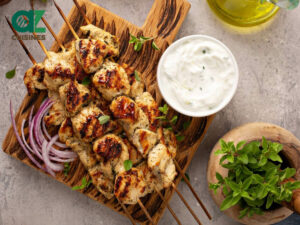
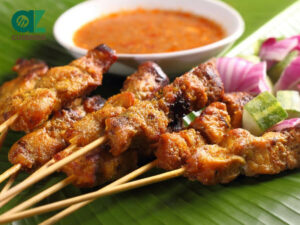
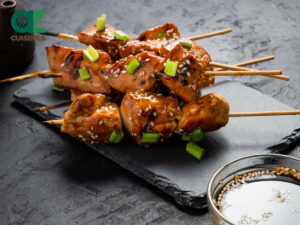
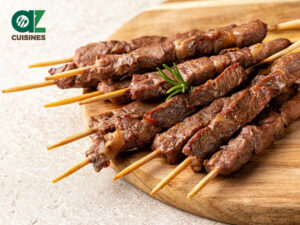
Adam Sam
Senior Food and Drink Editor
Expertise
Food Writer & Recipe Developer, Recipe Tester, Bartender, Cooking-video Maker, Editor In Chief
Education
Adam Sam, an experienced food writer and recipe developer, is passionate about blending diverse culinary traditions, national dishes, and innovative beverages, showcasing his proficiency in both traditional and modern recipe testing.
As the Editor-in-Chief, he elevates culinary content from street food to fine dining, focusing on Western cuisine and types of drinks at azcuisines.com, and is professional in creating engaging cooking videos that simplify complex dishes and ingredients.
His passion for food is evident in his writing, where he uniquely merges various cultures, traditions, and contemporary trends, skillfully combining classic recipes with modern cooking methods.